Staircase and Corridor Lighting — Safety and Design
Stairs, corridors and other passageways have specific lighting requirements. This is not only for safety reasons, but also due to the way users are "guided" through the space by light. In this article, we look at how to design lighting in these areas to be practical, aesthetically pleasing and in line with good design principles
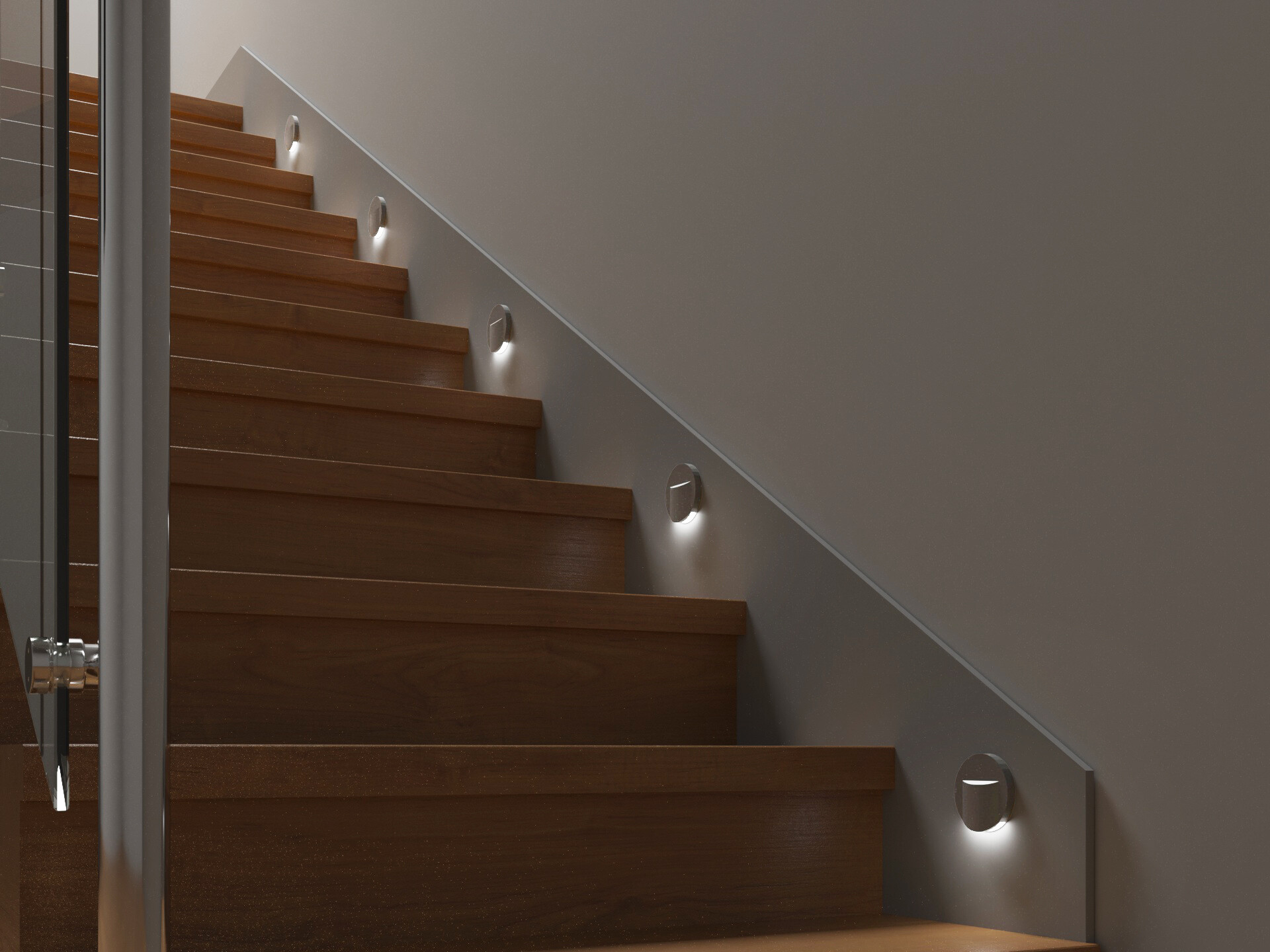
Safety — Where Should You Begin?
It all starts with functionality. When it comes to stairs and corridors, there is no room for compromise — the lighting must allow users to move around comfortably and safely. Uniform lighting is key here — no sharp contrast, no shadows, no glare. In practice, this often means combining ceiling lighting with floor lighting (or stair lighting).
For ceiling lighting, it is advisable to opt for fixtures with a wide beam angle. A high-quality light source positioned centrally ensures even light distribution throughout the corridor. Some examples? Kanlux LINCEA fixtures are suitable for office and hotel corridors and even underground car parks. Kanlux IPER, on the other hand, is a solution you can also use to illuminate outdoor stairs and staircases, as it is water- and impact-resistant.
The Mirror — A Point of Reference
Mirrors are often used in corridors and hallways — and that is a good thing. Apart from serving a practical function, they also help to optically enlarge the space. Still, it is vital to provide them with good lighting, preferably directional. What does this mean in practice? Lights should be positioned so that they do not dazzle the user, but at the same time illuminate the face well.
Wall-mounted fixtures would be an excellent choice in this case. Kanlux GALOBA EL-2I fixture mounted above the mirror is a classic and effective solution. Alternatively, for narrower mirrors, install Kanlux SEMPRA on one side. Importantly, the light colour should be neutral (4000K) — if it is too warm, it distorts colours, and if it is too cold, it creates an unpleasant chill.
Floor Lighting — Practical and Effective
It is worth using staircase lighting fixtures along corridors, especially on stairs, which can be mounted directly on the wall near the floor or inside the stair string. The Kanlux ERINUS series of thin, discreet fixtures, available in three fixture colours (white, black and grey) and two light colours (warm and neutral), would be an ideal choice. These fixtures minimise the risk of tripping — thanks to their narrow shape, they are flush with the wall, with only the light-emitting part protruding beyond the wall surface.
Alternatively, Kanlux SOLA offers a more decorative option — a fixture with a modern design, created to subtly accentuate stairs and corridors, which is ideal when you want to enhance interior design.
These luminaires perfectly fulfil the function of guide lights — when installed on every step or every other step, they improve orientation in the space without dazzling users. Moreover, options with a built-in motion sensor (marked "SE" in the name) are highly practical for both domestic and commercial applications, providing security and comfort without the need to switch on the main lighting.
Installation and Planning — What Should You Consider?
Even the best fixture will prove ineffective if it is poorly selected or installed. Therefore, you should always take the following into account:
● Ceiling fixtures should be positioned so that they evenly illuminate the entire surface; if necessary, use several of them.
● Install mirror lighting on the sides, not above the mirror — this will prevent unsightly shadows on the face.
● Stairs should be illuminated from the side — ideally with lights placed on every step or every other step, depending on the design.
● Be sure to check the IP and IK ratings of the fixtures, especially if the space may be exposed to moisture (e.g. entrances, external staircases).
Safety, functionality and aesthetics can go hand in hand — all it takes is well-planned lighting. In spaces such as staircases and corridors, light does not just have a utilitarian function. It guides, highlights the architectural features and sets the tone for the space. Whether intended for a home, office or hotel, well-designed lighting is always an investment in user comfort. The key is to think about light holistically: not just as something that illuminates a space, but as a tool to organise it. By designing lighting with care, we create places people simply want to return to.
Other articles
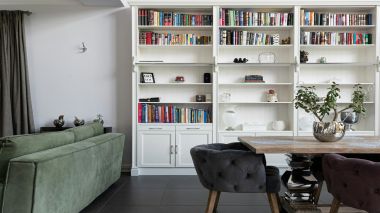 How to light your home library and reading space?
How to light your home library and reading space?
Reading is one of those activities that truly allows you to pause—to break away from everyday life...
 Lighting for Mezzanine Floors and High Spaces — Challenges and Solutions
Lighting for Mezzanine Floors and High Spaces — Challenges and Solutions
Not every space has the grandeur of a cathedral — and that is quite fortunate. Low interiors, mezzanine...
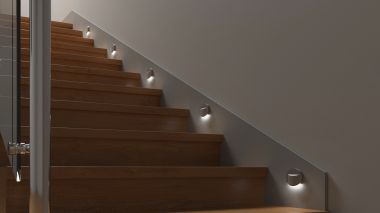 Staircase and Corridor Lighting — Safety and Design
Staircase and Corridor Lighting — Safety and Design
Stairs, corridors and other passageways have specific lighting requirements. This is not only for safety...
 Smart lighting management in your home – where to start?
Smart lighting management in your home – where to start?
Smart lighting systems are not only a matter of convenience, but also a conscious step towards better...
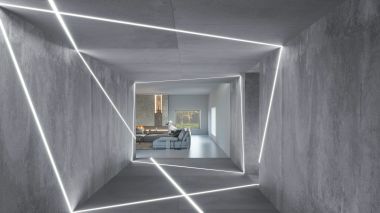 How does LED lighting work?
How does LED lighting work?
The LED lighting in our homes, offices and public areas is here to stay. Today, it is hard to imagine...
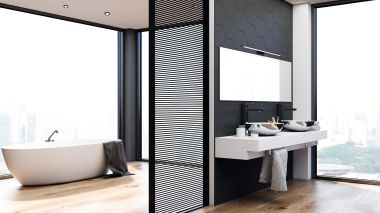 How can lighting create a spa atmosphere in your bathroom?
How can lighting create a spa atmosphere in your bathroom?
When designing a bathroom, not only aesthetics but also lighting matter—when selected appropriately,...